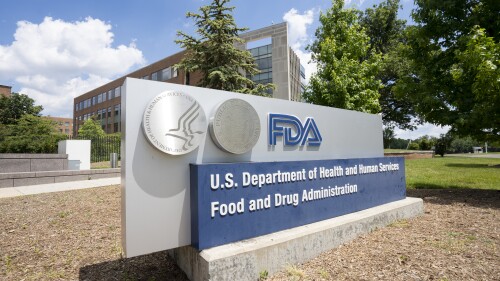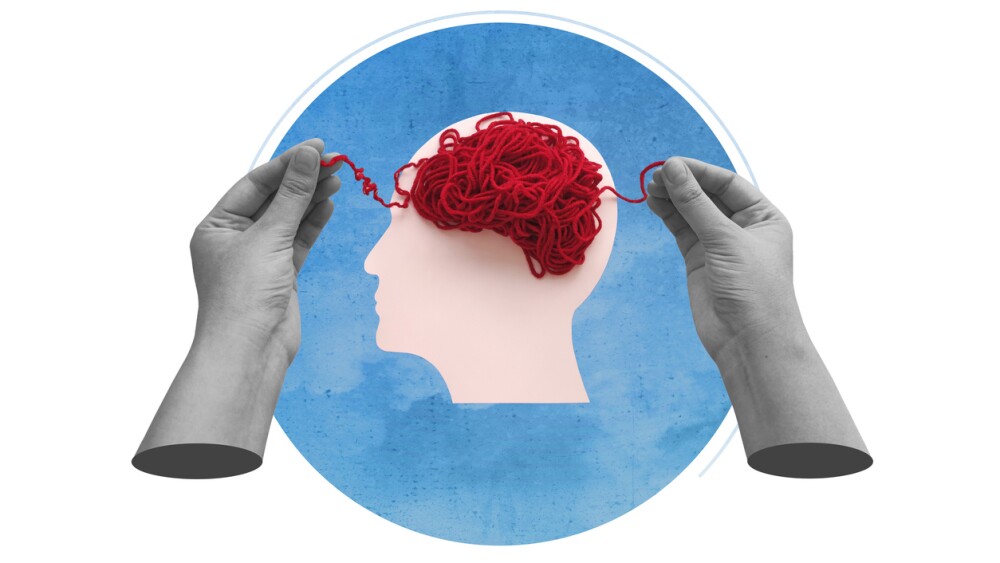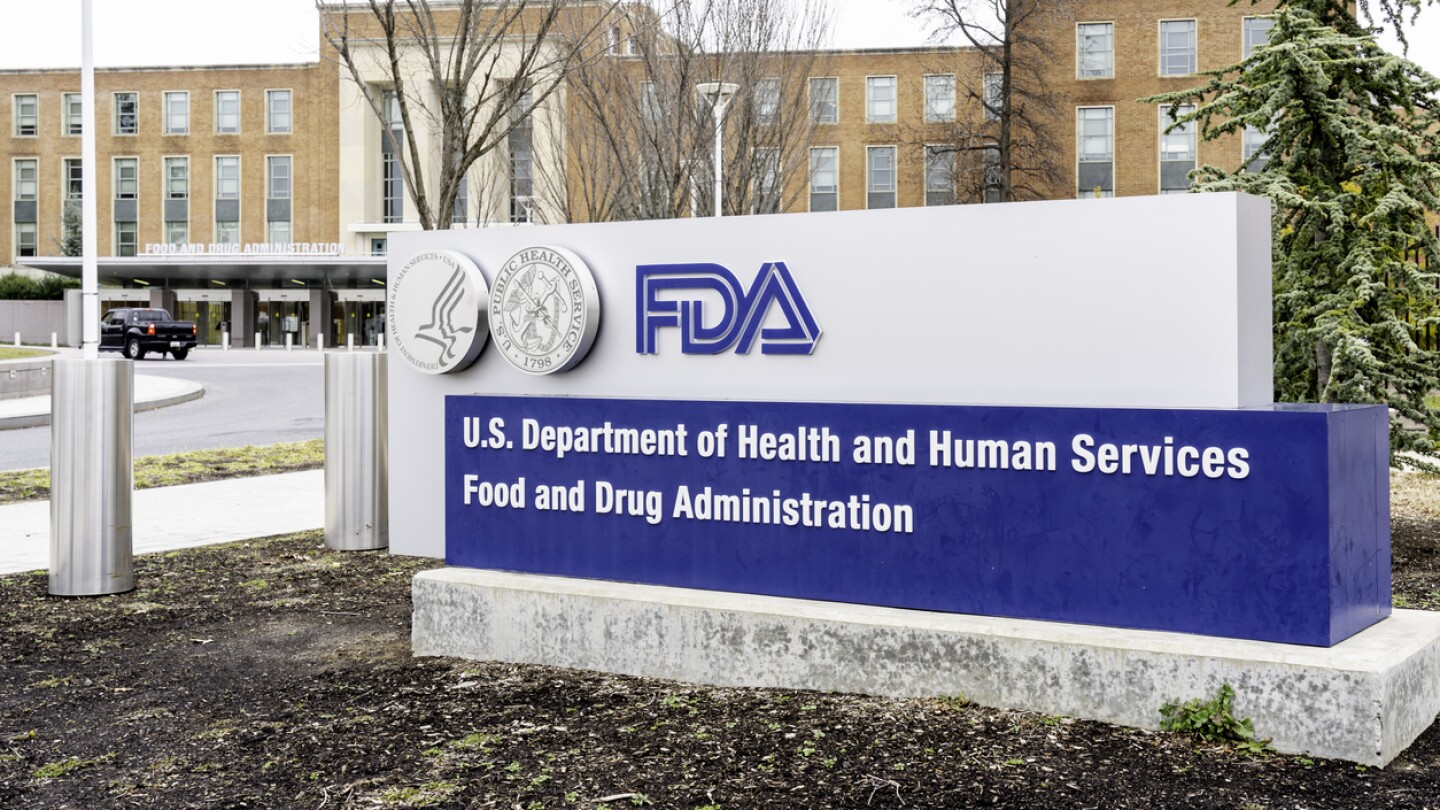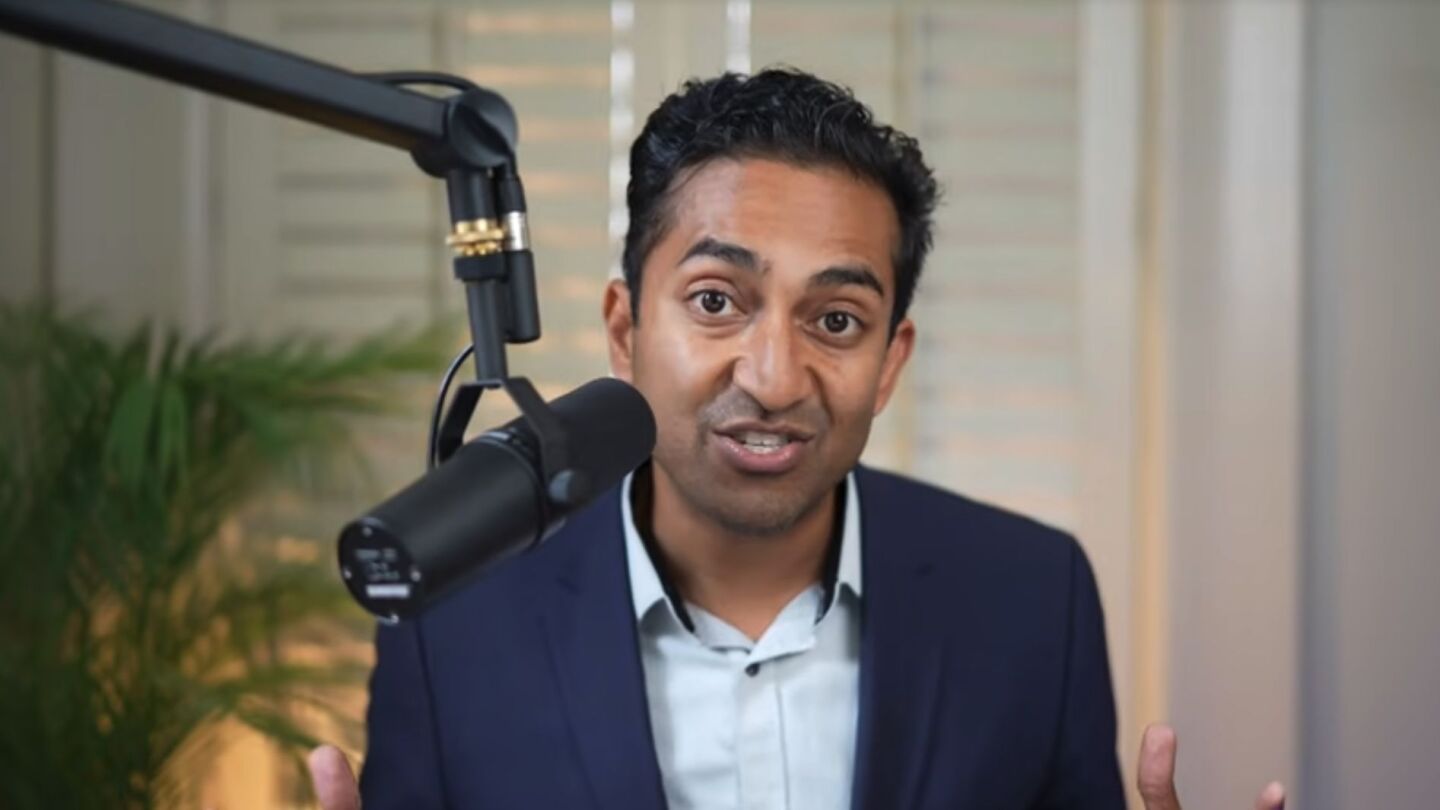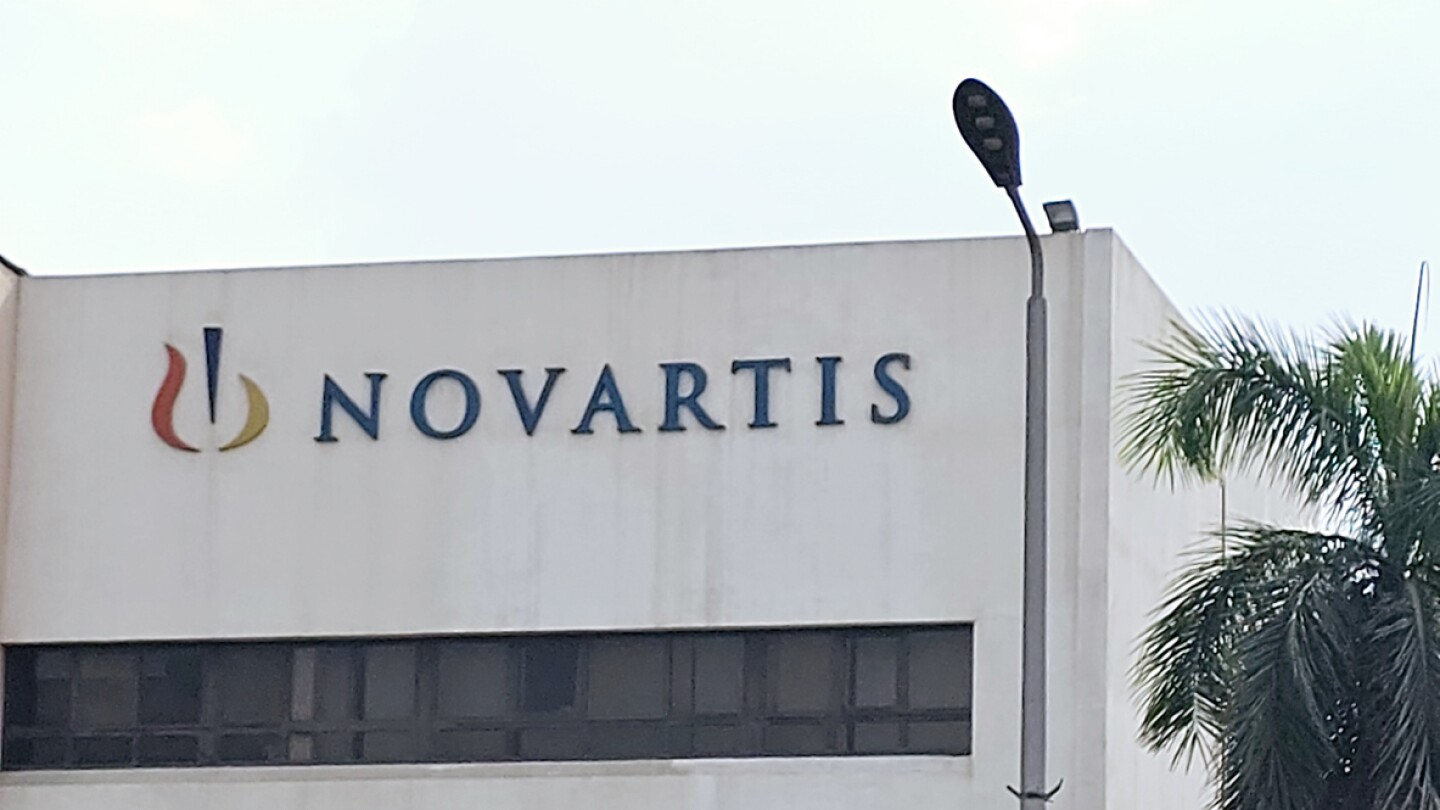News
The decision to stop the Phase IIb study was driven by “strategic business reasons,” according to a federal clinical trials database.
FEATURED STORIES
Though nerves abound for funders and founders in the industry, money continues to flow into startups, sometimes in eye-popping numbers. BioSpace rounds up the biggest raises so far this year.
Acknowledging the limits of disease-modifying drugs like Leqembi and Kisunla, companies like Bristol Myers Squibb, Acadia, Otsuka and Lundbeck are renewing a decades-old search for symptomatic treatments, including in high-profile drugs like Cobenfy.
These five upcoming data drops could usher in more effective and convenient therapies for Alzheimer’s disease and open up novel pathways of action to treat the memory-robbing illness.
Job Trends
High-level overall survival results from the TROPION-Lung01 Phase III trial, which previously met the dual primary endpoint of progression-free survival, numerically favoured datopotamab deruxtecan compared to docetaxel in the overall trial population of patients with locally advanced or metastatic non-small cell lung cancer treated with at least one prior line of therapy.
FROM OUR EDITORS
Read our takes on the biggest stories happening in the industry.
Following restricted vaccine approvals and changes to CDC immunization schedules, Merck, Pfizer, GSK and Sanofi are all suffering revenue hits to their vaccine programs.
THE LATEST
While the new framework signals continued flexibility at the FDA regarding rare disease approvals, some analysts and advocates question what tangible impacts the new guidelines will have.
YouTube has shut down a channel containing hundreds of videos of comments made by doctors and other influencers—including CBER Director Vinay Prasad, Health Secretary Robert F. Kennedy Jr. and NIH Director Jay Bhattacharya—during the pandemic. This comes as Prasad reveals further details about last week’s updated COVID-19 approvals.
Wave’s RNA editor resulted in protein levels that were “exceedingly close” to what investors were expecting, but nevertheless fell short of that bar, according to analysts at Truist Securities.
As AAV9 and CRISPR programs navigate safety, delivery and scalability hurdles, small molecules offer a deployable, scalable bridge, complementing genetic approaches and accelerating meaningful impact for patients with Duchenne muscular dystrophy.
Albert Bourla heralded the president’s COVID-19 leadership and Operation Warp Speed initiative as a Nobel Prize–worthy achievement and said that Pfizer stands by the integrity of the data already shared.
In a series of memos last week, Center for Biologics Evaluation and Research Director Vinay Prasad outlined the FDA’s thinking on the recent limited approvals for updated COVID-19 vaccines.
In an opinion piece in the Wall Street Journal, Health Secretary Robert F. Kennedy Jr. said he will roll chronic disease programs into a new Administration for a Healthy America.
Novartis and Argo Biopharma go back to January 2024, when the pharma first bet up to $4.165 billion across two RNAi agreements targeting cardiovascular diseases.
Aside from lowering triglyceride levels, Ionis’ olezarsen reduced acute pancreatitis events, an outcome that BMO Capital Markets said could help the asset deliver a “significant first-in-class commercial launch.”
Data from the late-stage MAPLE-HCM study position Cytokinetics’ cardiac myosin inhibitor aficamten as a potential first-line therapy for patients with obstructive hypertrophic cardiomyopathy.


